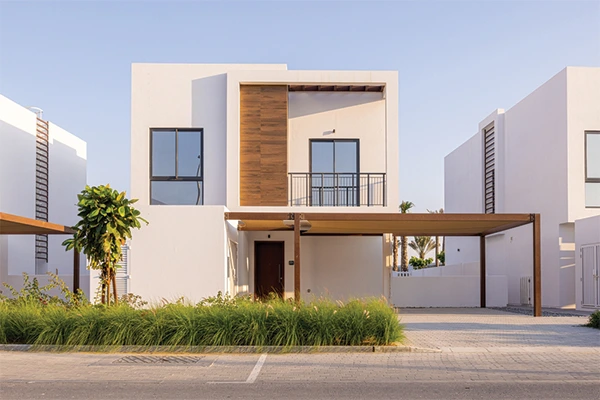India is facing a formidable challenge in meeting its escalating housing demand, with a projected need for 6.4 crore more homes by 2036, according to a joint report by the Confederation of Real Estate Developers’ Associations of India (CREDAI) and data analytics firm Liases Foras. The report, unveiled at the New India Summit in Varanasi, underscores the pressing nature of the issue as the country grapples with an increasing population.
In 2018, India already faced a housing shortage of 29 million homes, and the situation is expected to intensify. “The additional housing requirement by 2036 due to the population growth is 64 million in India,” stated the CREDAI-Liases Foras report. Consequently, the total estimated housing demand by 2036 is a staggering 93 million, nearly double the existing shortage.
One key revelation from the report is that the next wave of real estate growth is anticipated to originate primarily from Tier II and III regions. This shift marks a significant departure from the traditional focus on metropolitan areas. The housing demand in these smaller cities has experienced a noteworthy uptick, particularly in the wake of the pandemic.
The year 2023 was deemed remarkable for all stakeholders in the real estate sector, according to Manoj Gaur, Chairman of CREDAI. He expressed optimism about the sustained demand for housing in 2024 and beyond. Boman Irani, President of CREDAI, attributed this growth to the rapidly expanding Indian population and economy, resulting in an accelerated demand and supply of homes.
“Housing demand in tier II and III cities will witness a sharper trajectory,” emphasized Boman Irani. The evolving landscape is reflected in the statistics from the past year, where housing demand saw over 19,050 Real Estate Regulatory Authority (RERA) registrations at the Pan-India level. Notably, 45 percent of these projects fell within the residential segment, signaling a strong appetite for homes in various parts of the country.
Pankaj Kapoor, Founder and Managing Director of Liases Foras, pointed out the pivotal role that the real estate sector plays in India’s economic trajectory. “Indian real estate currently stands at an extremely important junction with sustained demand and supply greatly contributing to the GDP,” he remarked. Kapoor sees the sector showcasing a definitive way forward to achieve the ambitious USD 5 trillion goal.
The confluence of a rapidly growing population, a robust economy, and increased purchasing power among homebuyers has set the stage for the real estate sector to become a driving force in India’s economic landscape. As demand continues to surge, the industry’s ability to adapt and respond to the evolving needs of homebuyers, especially in Tier II and III cities, will be crucial in shaping the future of India’s housing market.
The CREDAI-Liases Foras report paints a compelling picture of India’s housing landscape, revealing both challenges and opportunities. The projected demand for 6.4 crore homes by 2036 underscores the urgency for strategic planning and collaborative efforts to address the housing deficit and ensure sustainable growth in the real estate sector.














